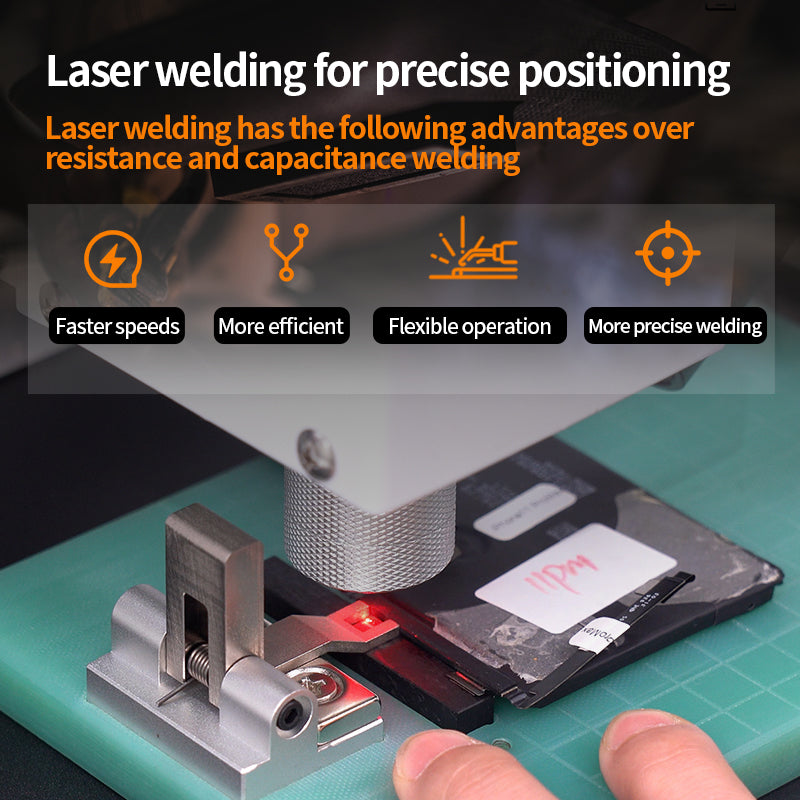Laser marking machines are not only widely used on metal materials but also perform excellently on non-metal materials. This article explores how to achieve colorful patterns on non-metal materials using laser marking machines, providing more creative and practical applications.
Colorful Laser Marking on Plastics
Plastics are a key material for laser marking due to their wide application and easy processing. Traditional laser marking on plastics usually results in black or white marks, but the following methods can achieve colorful effects:
- Pigment Additives: By adding different colored pigments to the plastic raw material, the laser beam interacts with these pigments when marking, producing colored marks. The laser's power and wavelength can be precisely controlled to create specific color effects.
- Coating Technology: Applying a colored coating to the plastic surface and then using a laser to remove parts of the coating to form patterns. This method allows flexible changes in patterns and colors, suitable for various plastic products.
- Chemical Reaction: By treating the plastic surface chemically, areas with different color reactions can be created. The laser marking machine can precisely control the laser energy to change the color of these areas, forming colorful patterns.
Colorful Laser Marking on Glass
Glass materials have unique advantages in laser marking due to their transparency. The following methods can achieve colorful marks on glass surfaces:
- Internal Engraving: Using a high-power laser to engrave inside the glass, changing the internal structure to produce colorful optical effects. This method can create three-dimensional colorful patterns inside the glass, ideal for high-end decorations and crafts.
- Coating Technology: Applying a colored coating to the glass surface and then using a laser to remove parts of the coating to form patterns. This method can achieve a variety of color combinations, suitable for decorative items and signage.
- Laser-Induced Color Change: By precisely controlling the laser's power and wavelength, micro-cracks or structural changes can be formed on the glass surface, altering the refraction and reflection of light to produce colorful effects.
Colorful Laser Marking on Wood
Wood is another common material for laser marking. The following methods can achieve colorful marks on wood:
- Dye Infusion: Dyeing the wood surface and then using a laser to remove the dye to form colorful patterns. This method can produce rich color effects, suitable for furniture and decorative items.
- Laser Carbonization: By controlling the laser energy and focus, different degrees of carbonization can be created on the wood surface, producing varying shades of color. This method can create natural and unique patterns, ideal for artworks and crafts.
Conclusion
Laser marking machines offer numerous possibilities for colorful applications on non-metal materials. By combining different methods and techniques, rich and colorful patterns can be achieved on plastics, glass, and wood, enhancing both the aesthetics and functionality of products and driving the diversified development of laser marking technology.



